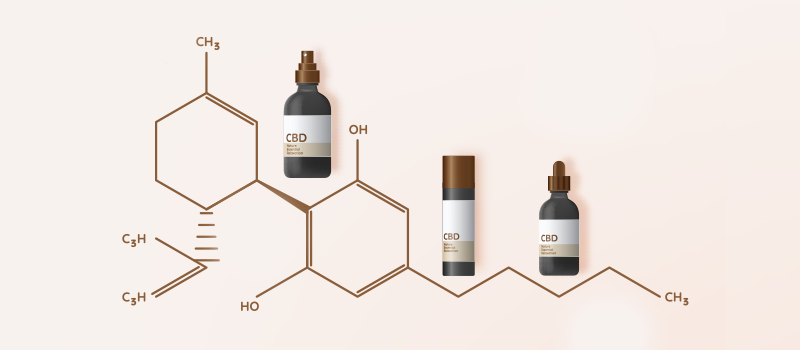What’s the Buzz
The Bee Healthy Blog
What is Calcific Tendonitis and How Is It Treated?

If you have sudden onset of severe pain in your shoulder, it may be from a condition called acute calcific tendinitis or calcific tendonitis. Please continue reading to learn more about this condition and how it is treated.
What is calcific tendonitis?
Tendons are a type of fibrous tissue that connect muscles to bones. Calcific tendonitis is a condition in which calcium deposits form in the tendons. A calcium deposit can form in any tendon in the body, but calcific tendinitis of the shoulder is the most common. Specifically, a large group of shoulder muscles called the rotator cuff are commonly affected.
What are the symptoms of calcific tendonitis?
Calcific tendonitis symptoms vary according to the stage. In the pre-calcific stage (formative or resting phase), changes occur at the cellular level. During this stage, there may be no noticeable symptoms. But some people can experience shoulder pain and limitations in range of motion.
During the calcific stage, the calcium crystals escape from the cells, forming calcium deposits in the tendons. This stage of calcium buildup is associated with severe acute pain in the shoulder joint. The pain is typically worse with movement. It can be severe enough to disrupt sleep. Other symptoms can include reduced range of motion (stiffness) and tenderness over the rotator cuff muscles.
Following this, in the post-calcific stage, the body absorbs the calcific deposit and replaces it with healthy tissue. This ultimately leads to an improvement in pain and range of motion of the shoulder.
Is calcific tendonitis the same as frozen shoulder and rotator cuff tendonitis?
Calcific tendonitis, frozen shoulder, and rotator cuff tendonitis can all cause shoulder pain and stiffness. All three affect the shoulder tendon and are a differential diagnosis in patients with shoulder pain. But the causes of these conditions are different.
Calcific tendonitis occurs due to a calcium deposit in the rotator cuff. A frozen shoulder occurs due to non-use of the shoulder joint, which causes the muscles to tighten up. This can happen after an injury or during recovery from shoulder surgery. Rotator cuff tendonitis occurs from damage to the rotator cuff tendon and inflammation of the bursae (tiny fluid-filled sacs) that lubricate the shoulder joint. In contrast, there is no bursa inflammation in calcific tendonitis.
In some people, pain from chronic calcific tendinitis can result in reduced use of the shoulder, which can lead to frozen shoulder.
Who is at risk of calcific tendonitis?
Calcific tendonitis is the underlying cause in less than 10% of patients with shoulder pain, so it is not a very common condition. Women in their 40s, 50s, and 60s are more likely to get calcific tendonitis, but it can happen to anyone. The formation of calcium deposits is not associated with any particular activity.
What causes calcific tendonitis to flare up?
Experts are not sure what exactly causes calcific tendonitis to flare up. It is believed to be related to wear and tear. As a person grows older, there is reduced blood flow to the rotator cuff tendons, making them weaker and prone to calcific tendinitis.
How is calcific tendonitis diagnosed?
Your healthcare provider can diagnose calcific tendonitis based on your symptoms, medical history, physical examination, and imaging tests such as ultrasound, X-rays, or magnetic resonance imaging study (MRI).
How do doctors treat shoulder pain from calcific tendonitis?
Treatment of acute calcific tendinitis consists of the following:
Pain medications
Non-steroidal anti-inflammatory drugs (NSAIDs) like ibuprofen and naproxen are the main approach in treating calcific tendonitis.
Sports physical therapy
Physical therapy can help to strengthen the shoulder muscles. This can lead to a clinical improvement in pain, inflammation, range of motion, and shoulder function.
Steroid injections
Your doctor can inject steroid medicines and local anesthetics into the shoulder joint under ultrasound guidance. This treatment can be very effective in reducing shoulder pain and improving range of motion in patients with calcific tendonitis.
Extracorporeal shock wave therapy (ESWT)
Extracorporeal shockwave therapy involves delivering shock waves to the injured tendons to encourage healing and reduce pain.
Radial shock wave therapy (RSWT)
Radial shockwave therapy also helps to reduce pain and promote healing. The technique of delivering radial shock wave therapy is slightly different from extracorporeal shock wave therapy (ESWT).
Ultrasound therapy
During therapeutic ultrasound treatment of calcific tendonitis, high frequency sound waves are directed at the calcium deposits in the affected area. This helps to break them down and promotes healing.
Lavage treatment
This involves placing a needle directly in the calcium deposit and breaking it up with a saline injection.
Arthroscopic surgery
Approximately 1 in 10 people develop chronic pain from calcific tendonitis that does not respond to medical treatment. Such individuals may require surgery. The surgical treatment is done to remove the calcific deposits. Most of the time, the surgical procedure is an arthroscopic surgery (minimally invasive) done through several small incisions. Sometimes, open surgery is needed to treat calcific tendinitis of the shoulder.
Will calcific tendonitis ever go away?
In most people, calcific tendonitis goes away on its own. The treatments mentioned above can decrease pain from rotator cuff calcifications and help to speed up the healing process.
How long does calcific tendonitis take to heal?
It can take 12-18 months for the symptoms of calcific tendinopathy to go away completely and for the shoulder range of motion to return to normal.
References:












SOCIAL